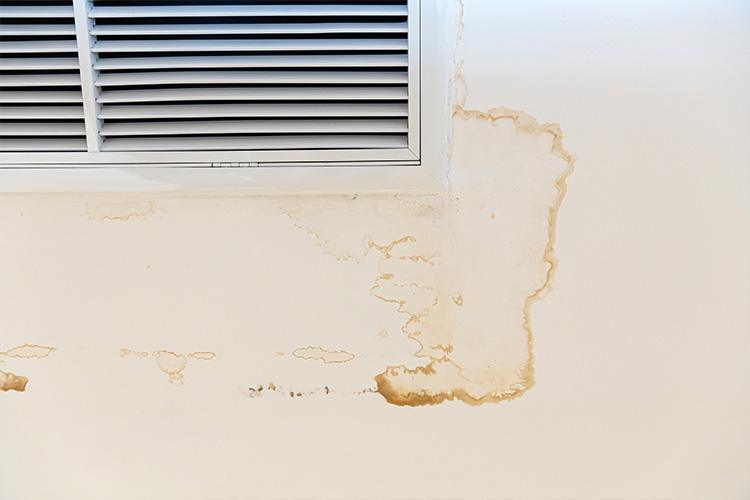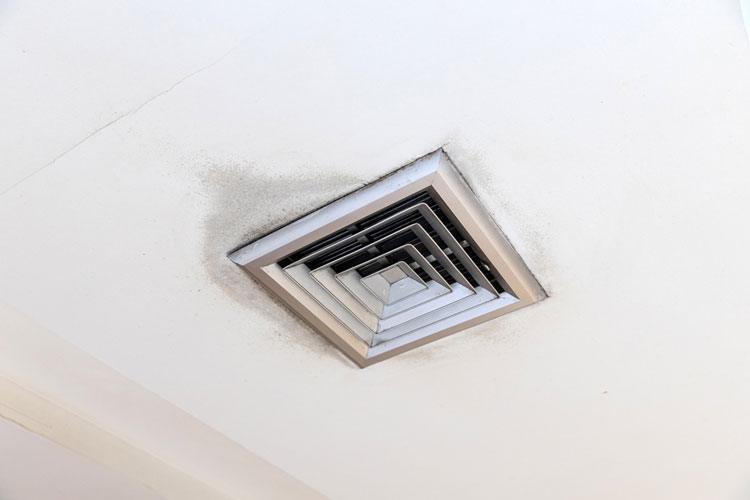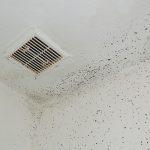Mold in your HVAC system and air ducts could be the hidden culprit behind frequent illnesses in your household. Mold spores circulating through your air system can aggravate allergies, asthma, and other respiratory issues. The good news is that mold growth in these areas is more common than you might think, and it can be addressed with routine maintenance and cleaning. Keeping your HVAC system clean is critical to stopping mold from spreading throughout your home. If your air vent test kit indicates mold in your ducts, here’s how you can effectively tackle the problem and protect your family’s health.
Step 1: Protect Yourself with the Right Gear
Before starting any mold cleanup process, it’s essential to protect yourself from harmful mold spores. Wear protective gear, including:
- Goggles to shield your eyes from mold particles.
- Protective clothing to avoid skin contact.
- Long gloves to handle mold-contaminated materials.
- An N-95 respirator mask to prevent inhaling airborne spores and particles.
Step 2: Shut Off Your HVAC System
Turn off your HVAC system before beginning the mold cleanup to prevent further circulation of mold spores through your home’s ventilation system. This step is crucial to containing the mold to the affected area and minimizing the spread to other parts of your home.
Step 3: Remove Wet or Damaged Insulation and Filters
Moisture is the main cause of mold growth, so check your HVAC system for any wet or damp insulation and filters. If they have been compromised by moisture, remove them carefully and place them in a sealed garbage bag. For extra precaution, double-bag the contaminated materials to prevent further contamination as you dispose of them.
Step 4: Eliminate Standing Water
If there is any standing water in your HVAC system, such as in drip pans or other sections, use a wet vacuum to remove it. Standing water provides the perfect environment for mold to thrive, so removing it is a key step in preventing further mold growth.
Step 5: Clean Non-Porous Surfaces with a Disinfectant
After clearing out the wet materials, focus on cleaning non-porous surfaces within your HVAC system, such as ductwork, coils, plenums, and drip pans. Use a disinfectant spray to clean these areas thoroughly. Make sure to use a product that is designed for mold removal and safe for HVAC systems. This process will help eliminate mold, mildew, and any accumulated dirt that could harbor future mold growth.
Step 6: Isolate the Area During Cleanup
While cleaning, it’s important to contain the area where you’re working to prevent mold spores from spreading. Use plastic sheeting or bladders to isolate the contaminated sections of your ducts from the rest of your home. This will minimize the risk of further contamination and ensure that you’re not unintentionally allowing spores to spread through other areas.
Step 7: Apply a Mold Inhibitor
Once the affected areas are cleaned, applying a mold inhibitor is essential to prevent future growth. Use an EPA-registered mold inhibitor that is safe for HVAC systems. A high-quality inhibitor can protect your system for up to two years, ensuring that mold doesn’t return and giving you peace of mind that your home’s air quality is protected.
Step 8: Use an Industrial Vacuum for Final Cleanup
For the final step of your cleanup process, use an industrial-grade vacuum to clear out any remaining debris, dust, or mold fragments. Regular vacuums won’t have the necessary filtration to handle mold spores, so using an industrial vacuum ensures that all contaminants are thoroughly removed.
Mold Prevention in High-Humidity Climates
In climates with high humidity, completely preventing mold may be impossible, but taking proactive steps can significantly reduce the chances of mold taking hold in your HVAC system. Mold spores spread rapidly through air ducts, and if not managed properly, the problem can grow beyond control. The key to preventing a widespread mold issue in your home is routine cleaning and maintenance of your air vents and ducts. Regularly inspecting your HVAC system for leaks, excess moisture, and visible mold will go a long way in maintaining a healthy indoor environment.
Fast and Easy A/C Mold Test for Peace of Mind
If you suspect mold in your air ducts, don’t hesitate to test your system. The Clean Vent Air A/C Mold Test Kit provides a fast and reliable way to check for mold in your air system. Within 24 to 48 hours, you’ll have results that let you know if mold is present, allowing you to take immediate action to address the issue. Testing your air is quick, easy, and provides the peace of mind that your family is breathing clean, healthy air.
Routine HVAC maintenance and regular air duct inspections are essential to preventing mold and ensuring the safety of your home’s air quality. With the right steps and the use of a simple mold test kit, you can stay ahead of potential mold issues and maintain a healthy living environment for you and your family.









